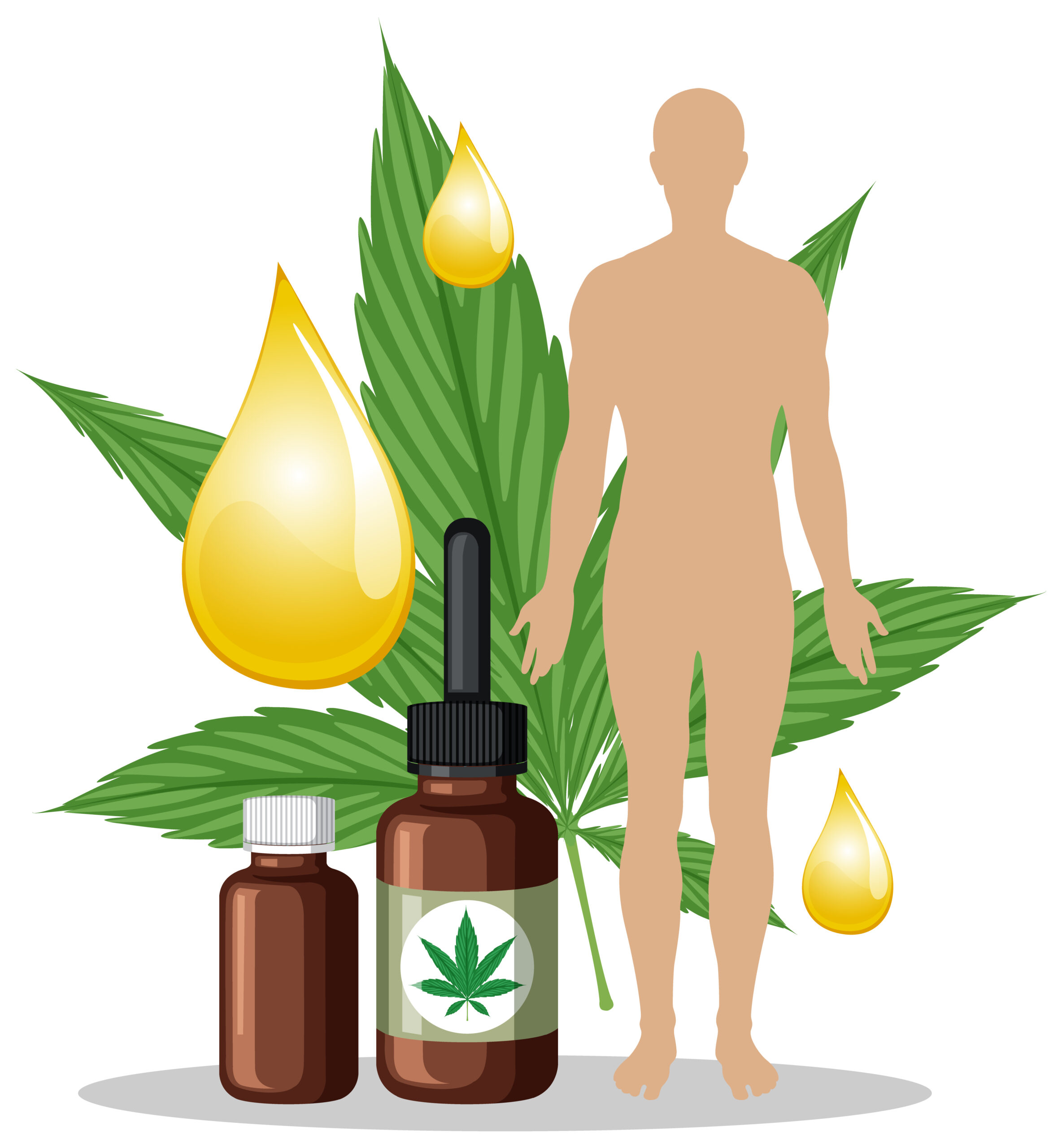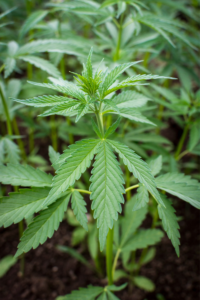What is it?
The endocannabinoid system (ECS) is a fascinating biological matrix that exerts influence over numerous physiological functions. It comprises cannabinoid receptors, endogenous ligands called endocannabinoids, and enzymes.
Cannabinoid receptors are dispersed throughout the body, primarily within the nervous system. When cannabinoids bind to these receptors, they trigger diverse physiological effects. These effects can encompass pain relief, anti-inflammatory responses, and appetite regulation. Endocannabinoids, the body’s own natural compounds, bind to cannabinoid receptors, while enzymes facilitate the breakdown of endocannabinoids after their usage.
Within the ECS, two prominent endocannabinoids take center stage: anandamide and 2-AG. Anandamide primarily operates within the brain, while 2-AG functions within both the central and peripheral nervous systems.
The Mechanisms of the ECS
At its core, the ECS functions as a guardian of bodily balance, known as homeostasis. Homeostasis refers to the dynamic equilibrium among interdependent elements, meticulously maintained by self-regulating mechanisms. Simply put, it ensures that different bodily systems collaborate harmoniously to preserve optimal balance.
The ECS achieves this by modulating various bodily functions. For instance, it helps regulate pain perception, immune responses, appetite, mood, memory, and even fertility. It accomplishes these tasks by interacting with cannabinoid receptors found throughout the body.
The Significance of the ECS
Research has revealed that the ECS plays a crucial role in numerous diseases and disorders. This has sparked considerable interest in utilizing cannabinoids, such as CBD, to manage various medical conditions. CBD has shown potential in addressing depression, chronic pain, epilepsy, and more.
Understanding Cannabis and the ECS
You’re likely familiar with cannabis, one of the most well-known plants worldwide. Cannabis contains over 100 different cannabinoids, including THC (tetrahydrocannabinol) and CBD (cannabidiol). While THC causes the “high” associated with marijuana, CBD does not have psychoactive effects. Both THC and CBD interact with cannabinoid receptors in the body to produce their effects.
*The statements made regarding these products have not been evaluated by the Food and Drug Administration. The efficacy of these products has not been confirmed by FDA-approved research. These products are not intended to diagnose, treat, cure or prevent any disease. All information presented here is not meant as a substitute for or alternative to information from healthcare practitioners. Please consult your healthcare professional about potential interactions or other possible complications before using any product. The Federal Food, Drug, and Cosmetic Act requires this notice.



